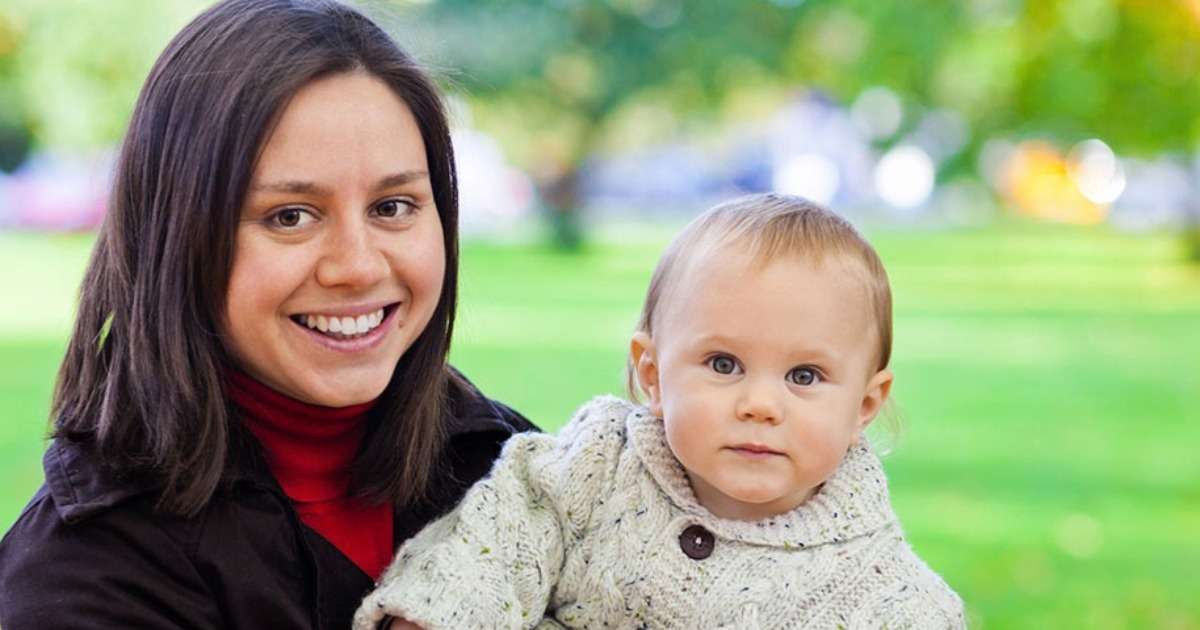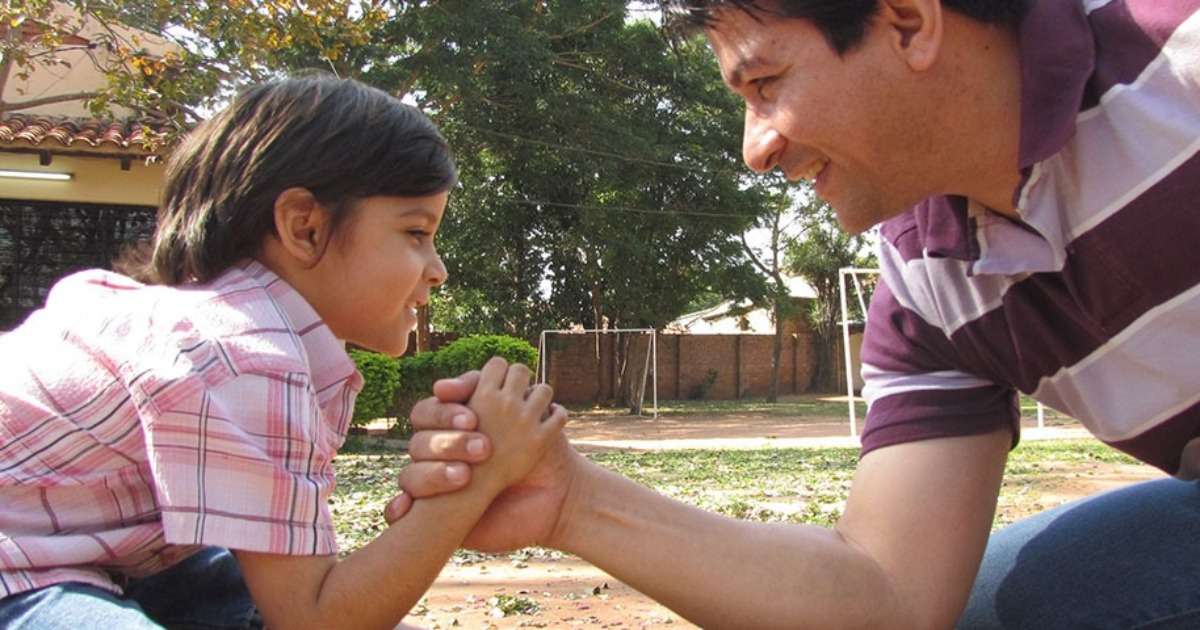
Movement analysis in volleyball
Researchers from Aix-Marseille Université and the University of Groningen analyzed match plays to gain insight into the whole-body and arm movements.

Does the sex of a simulated patient affect CPR?
When faced with either a male or female patient simulator, both men and women rescuers appeared reluctant to remove a female patient simulator’s clothing.

Behavior and emotions of older adults
Can TV footage motivate older persons to start being more active? Being active can improve the overall health of a person (65+ but of course also 65-!).

Location is everything: Measuring visitor behavior
Want to know where the action is? Interested in getting real-time feedback about a conference, concert, or event hotspots? Read more about the Crowd Emotion Monitor app.

Measuring creativity at the GrunbergLab
In the GrunbergLab in Amsterdam, I read Arnon Grunberg’s upcoming release. Two researchers hooked me up: sensors on my left hand, rib, chest, and of course the famous head cap to measure my brain activity.

Why non-verbal behavior matters
Basil Preisig and his colleagues at the University of Bern, Switzerland, were especially interested in communicative development of people diagnosed with language disorders like aphasia.

The impact of health information technology on doctor-patient interaction
Embracing the technological advances of the last decade, many health care professionals have incorporated information technology into their daily routines.

Measuring experiential, behavioral, and physiological outputs
In a romantic relationship, it is undoubtedly important to show support when one’s partner shares his or her accomplishments and positive life events.

Adolescent Motherhood – observing mother-infant behavior
Adolescent mothers are tackling their transition to adulthood and the transition to parenthood. This is called the double risk for mother and infant, inherent in adolescent motherhood.

Two examples of parent-child interaction research
Fatherhood is a topic of high social relevance that attracts much public interest and therefore also the attention of scientists.
